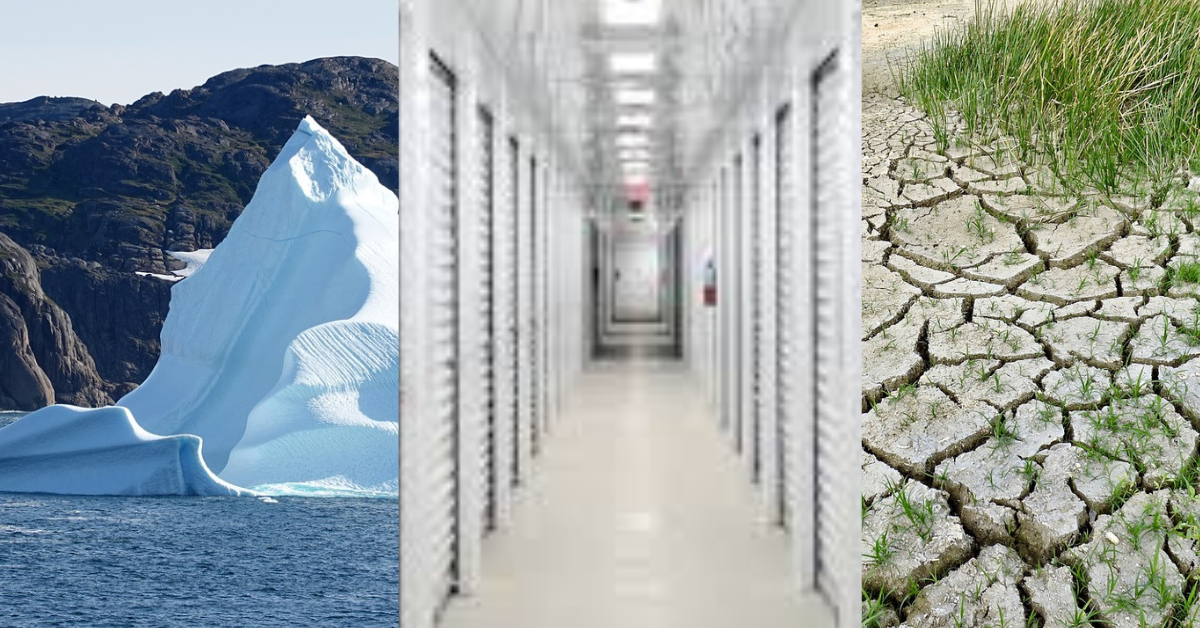Climate Controlled Storage Methods
Climate-controlled storage refers to storing items in a controlled environment that protects them from temperature and humidity fluctuations. This type of storage is especially beneficial for items that are sensitive to changes in temperature and humidity, such as electronics, documents, art, and antiques. With subheadings, we will discuss climate-controlled storage methods in this article.
[lwptoc borderColor=”#8224e3″]
Temperature Control
One of the most critical aspects of climate-controlled storage is temperature control. The ideal temperature range for climate-controlled storage is generally between 55 and 85°F. However, the temperature range may vary depending on the type of items being stored. Wine, for example, requires temperatures ranging from 55 to 65°F, whereas photographs and artwork require temperatures ranging from 60 to 75°F.

Humidity Control
Controlling humidity is also an important aspect of climate-controlled storage. Mold, mildew, and other types of damage to items can be caused by high humidity levels. Low humidity, on the other hand, can cause items to dry out and crack. For climate-controlled storage, the ideal humidity range is 30-50%. Depending on the items being stored, humidity levels may need to be adjusted.
Air Quality Control
Another critical aspect of climate-controlled storage is air quality control. Dust, dirt, and other airborne particles can cause long-term damage to items. These particles can be removed from the air using air filtration systems. Furthermore, air quality control systems can aid in the regulation of carbon monoxide, carbon dioxide, and other gases that can be harmful to items.
Security
Climate-controlled storage is also important in terms of security. Items stored in a climate-controlled environment are frequently valuable, necessitating the installation of additional security measures such as surveillance cameras, alarm systems, and access control systems. It is also critical to ensure that the storage facility has adequate fire suppression systems.
Lighting
When it comes to climate-controlled storage, lighting is another important consideration. Light-sensitive items, such as artwork and photographs, should be kept in low-light environments. Furthermore, it is critical to ensure that the storage facility has adequate lighting so that items can be safely accessed and moved.

Pest Control
Climate-controlled storage also necessitates pest control. Pests such as rodents and insects can cause long-term damage to items. Pest control measures, such as regular inspections, bait stations, and pest control treatments, are frequently used in climate-controlled storage facilities.
Proper Packing
When storing items in a climate-controlled environment, proper packing is essential. Items should be packed in suitable containers and materials to protect them from temperature and humidity fluctuations. Furthermore, items should be properly labelled and organised so that they are easily accessible when needed.
[lwptoc borderColor=”#8224e3″]
Finally, climate-controlled storage is an important method for storing items that are sensitive to changes in temperature and humidity. When it comes to climate-controlled storage, temperature, humidity, air quality, security, lighting, pest control, and proper packing are all critical considerations. Items can be safely stored in a controlled environment if these guidelines are followed, ensuring their longevity and protection
RecentClimate –
Climate Controlled Storage Methods,Climate Controlled Storage Methods update